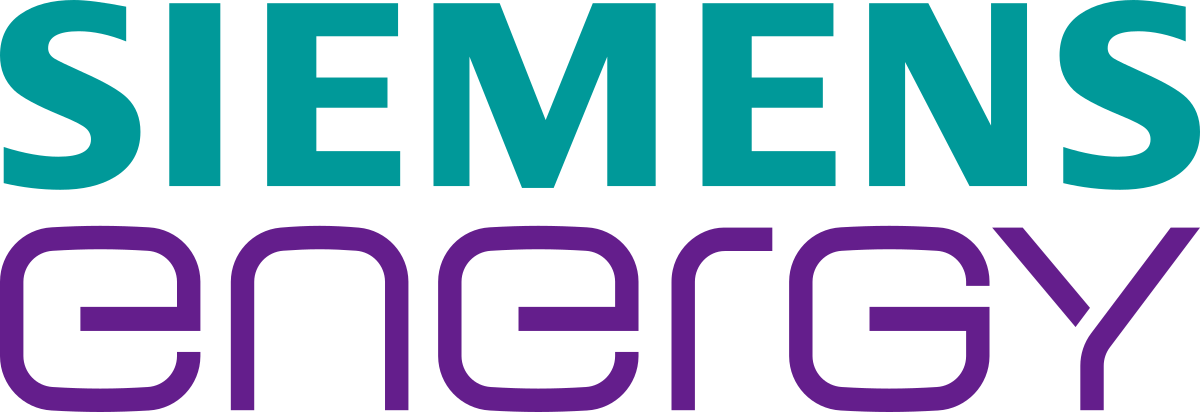
As digitalisation and artificial intelligence (AI) advance, the possibility of fully unmanned plant operations is becoming a tangible reality. Companies are increasingly incorporating remote operation solutions and consolidating multiple control rooms into single, unified remote solutions. Doing so can streamline processes and enhance operational effectiveness.
Major players are rapidly adapting their operations to help make the grid fit for the future. Zooming in on some of them offers insights on how the market is likely to evolve. For example, service providers are developing autonomous solutions that are reshaping power plant management. Leveraging sophisticated AI-driven analytics and automation, these solutions are helping power plant operators to boost operational efficiencies and improve reliability.

Discover B2B Marketing That Performs
Combine business intelligence and editorial excellence to reach engaged professionals across 36 leading media platforms.
Autonomous robotics and drone integration at power plants
One example of an innovation enabling the transition toward autonomous operation is the integration of drone technology. According to GlobalData’s thematic research on drones in the power sector, the market will reach $57 billion by 2030, driven by commercial applications for drones in energy infrastructure.
In power plant maintenance, drones and robots are already replacing traditional inspection methods, reducing maintenance cost and time of the routine operations like daily inspections. For instance, drones equipped with LiDAR technology and thermal imaging can accurately identify faults such as heat anomalies, leaks, or corrosion without manual intervention. As a result, operators can respond swiftly to potential issues before they escalate into costly breakdowns.
Equipped with advanced sensors, thermal imaging, and high-resolution cameras, these drones can autonomously navigate complex environments such as solar farms, wind turbines and power plants. They can collect critical data that feeds directly into a cloud-based platform, the AI-powered Omnivise suite, which processes and analyses the information in real time. Leaders in the field are showcasing the technology’s potential. For example, Siemens Energy is developing a navigation software that allows robots to move through power plants all by themselves. These robots can access hazardous or hard-to-reach areas, gather operational data, and even perform minor maintenance tasks, creating a fully automated surveillance and diagnostics loop.
Predictive maintenance and digital twins
Predictive maintenance systems, supported by drone surveillance and real-time data analytics, can make projections about infrastructure maintenance requirements with high accuracy. This minimises downtime, optimises resource allocation and extends the life of critical equipment – all of which ensures reliable operations in a plant.
Complementing these efforts is the implementation of digital twins, virtual replicas of physical power plant assets. These are used to simulate operational scenarios, test maintenance strategies and train operators in a risk-free environment. Such digital models help anticipate potential failures and validate performance improvements before real-world deployment.
A key innovation supporting this transformation is the use of knowledge graphs, specialised databases that map the complex web of relationships between assets and systems within a plant. These enable AI algorithms to understand both functional and contextual dependencies. For example, if a pump and a nearby valve fail simultaneously, the AI can infer a shared root cause – even in the absence of direct functional links.
Furthermore, the future of digitalised energy management goes beyond operational enhancements. Leading digital solutions include autonomous algorithms designed to respond dynamically to changing market conditions and grid demands. This flexibility is crucial as power grids worldwide increasingly integrate diverse, distributed energy resources, requiring agile and intelligent management solutions.
Centralised control and remote management
Centralised remote operation centres (ROCs) are at the heart of the digitalised operational shift. The latest ROC solutions allow operators to manage and control multiple facilities from one central location, regardless of their geographical spread. On top of improving decision-making processes through better data integration and real-time analytics, this significantly reduces staffing requirements and associated costs.
Siemens Energy operates remote operation centers in the UK, Germany, and Argentina, offering 24/7 diagnostic, monitoring, and operational services. The company’s ROC in Newcastle for example, located about 500km away, is currently remotely monitoring and supporting the commissioning phase of a new power plant in Wales, UK. Once the plant is commissioned and enters the operation phase later this year, the power station will be fully monitored, operated and controlled by engineers at the ROC Newcastle. Transitioning to fully autonomous operations presents both opportunities and challenges, and regulatory frameworks and cybersecurity remain vital considerations. Plants must have robust solutions at the ready to ensure secure and compliant operations. This means investing in state-of-the-art cybersecurity infrastructure and AI-enabled protection systems, designed to safeguard interconnected networks from cyber threats while guaranteeing regulatory compliance. And the company’s commitment to a digitised future for power is reflected in its advocacy for progressive regulatory frameworks that support innovation without compromising safety or security – essential for enabling broader adoption of autonomous plant operation.
AI, robotics, digital twins, and deployment of advanced data analytics under a secure and centralised control framework are all combining to ramp up power plant efficiency and reliability. As these technologies mature, energy companies embracing digital evolution will benefit from enhanced performance, operational safety, and substantial long-term cost reductions, solidifying their competitive advantage in an increasingly digitalised world. Working with an expert partner like Siemens Energy can expedite the potential upsides for your plant; fill in your details on this page to learn about how Siemens Energy could help you today.


